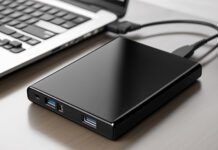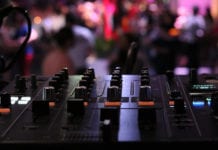Aim to remove sibilance. Decrease sibilance by focusing in the 3-7 kHz range for males and 5-9kHz for females. Then focus on mid-range clarity.
A common complaint in small churches is, “I can’t understand what the pastor says.” This is not about volume, it’s about speech intelligibility. You want them to sound like who they are—just less so.
See: How to EQ Speech for Maximum Intelligibility
3. Should I use effects?
Only you know the answer. I’ve worked rooms of the same size with completely different acoustic properties. One was a very reverberant space while the other had only a little natural reverb. It comes down to what the song needs, what the room allows, and what sounds good.
I usually add reverb to vocals because it makes them sound more natural. I don’t do this in every venue, because of the venue’s acoustic properties, as mentioned. Reverb on acoustic guitars sounds good as well.
Some digital mixers allow for selecting the range of frequencies in the channel that should have the effect. I don’t want my low ends reverbed, and often not the high end. It depends.
See: The Reverb Basics
4. When do I know if I’m done mixing?
You’re never really done mixing. For example, let’s say you’ve dialed in the mix during sound check. During the service, that same mix could be all you need. However, the acoustic properties of the room change when you fill it with people. Therefore, a simple mix change could be boosting the lead vocal volume.
Take this a step further and look at what can be done during the song. Pull back drums during the verses and them let them rock it out in the chorus. Pull back the lead vocal in the final chorus. And these are just a few easy-to-implement examples.











